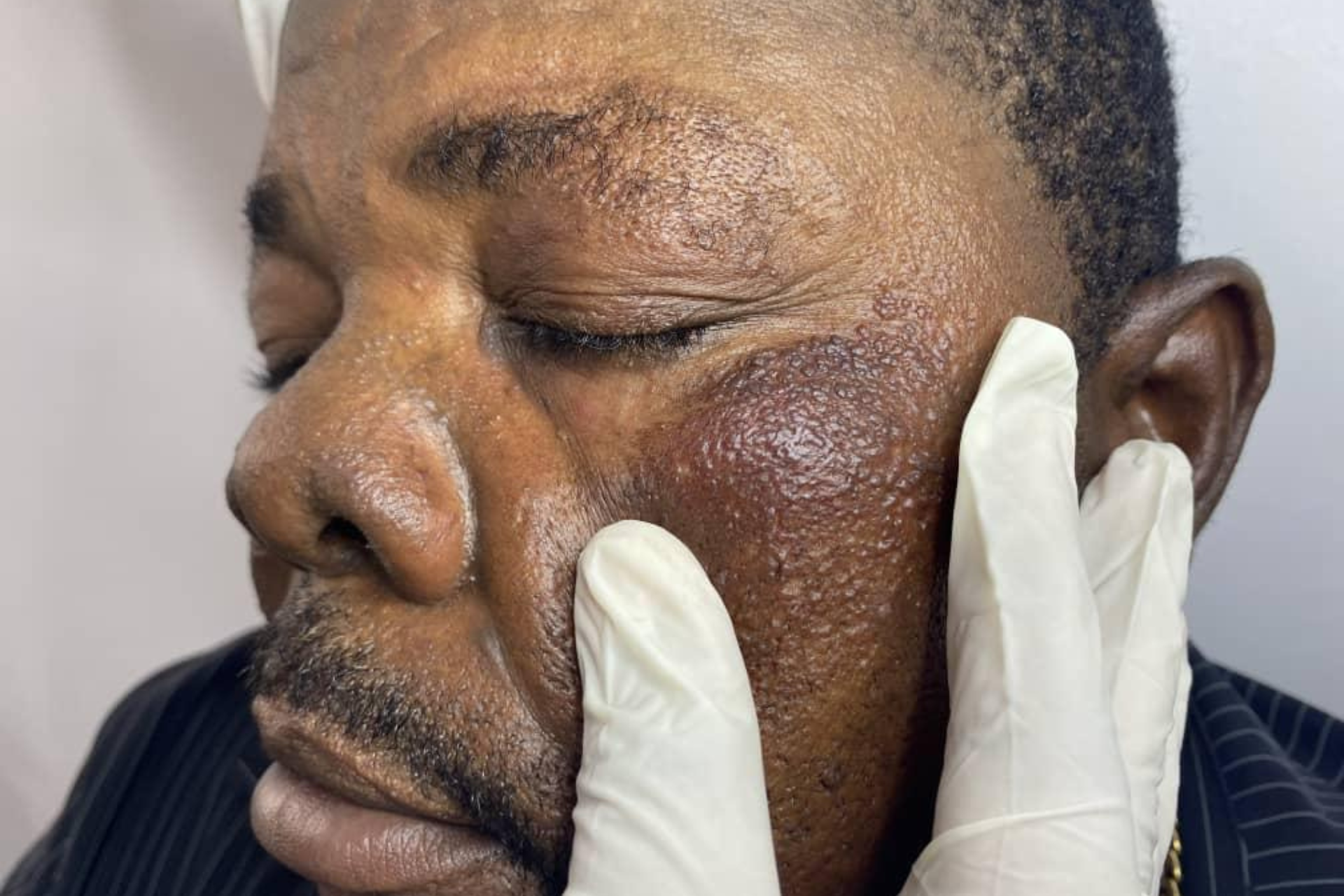What is PIGMENTED SKIN DISORDER?
How Does It Work?
he exact cause of pigmented skin disorders can vary depending on the specific condition. Some pigmented skin disorders are genetic, while others may be acquired due to factors such as sun exposure, hormonal changes, inflammation, or underlying medical conditions.
Examples of pigmented skin disorders include:
- Melasma: A common condition characterized by patches of dark brown or grayish pigmentation on the face, often triggered by hormonal changes, sun exposure, or certain medications.
- Vitiligo: An autoimmune disorder in which the immune system mistakenly attacks and destroys melanocytes (cells that produce pigment), resulting in depigmented patches on the skin.
- Post-inflammatory hyperpigmentation: Darkened areas of skin that occur after inflammation or injury, such as acne, burns, or certain dermatological treatments.
- Lentigines: Also known as age spots or liver spots, these are small, flat, brown or black spots that develop due to long-term sun exposure.
In What Situations Do We Use PIGMENTED SKIN DISORDER?


In What Situations Do We Use PIGMENTED SKIN DISORDER?
Regarding side effects, the specific side effects depend on the treatment modality used. Topical medications may cause skin irritation or sensitivity. Chemical peels, laser therapy, cryotherapy, or surgical procedures can potentially lead to temporary redness, swelling, blistering, or changes in skin pigmentation. It is essential to consult with a dermatologist or healthcare professional to discuss the risks, benefits, and possible side effects of any specific treatment for pigmented skin disorders.
Furthermore, it’s important to note that some pigmented skin disorders are chronic and may require ongoing management and follow-up care to address symptoms and monitor for any changes. Regular sun protection measures, such as using sunscreen and wearing protective clothing, are often recommended to prevent further pigmentation changes and protect the skin.
Recent Services
I.V THERAPY

